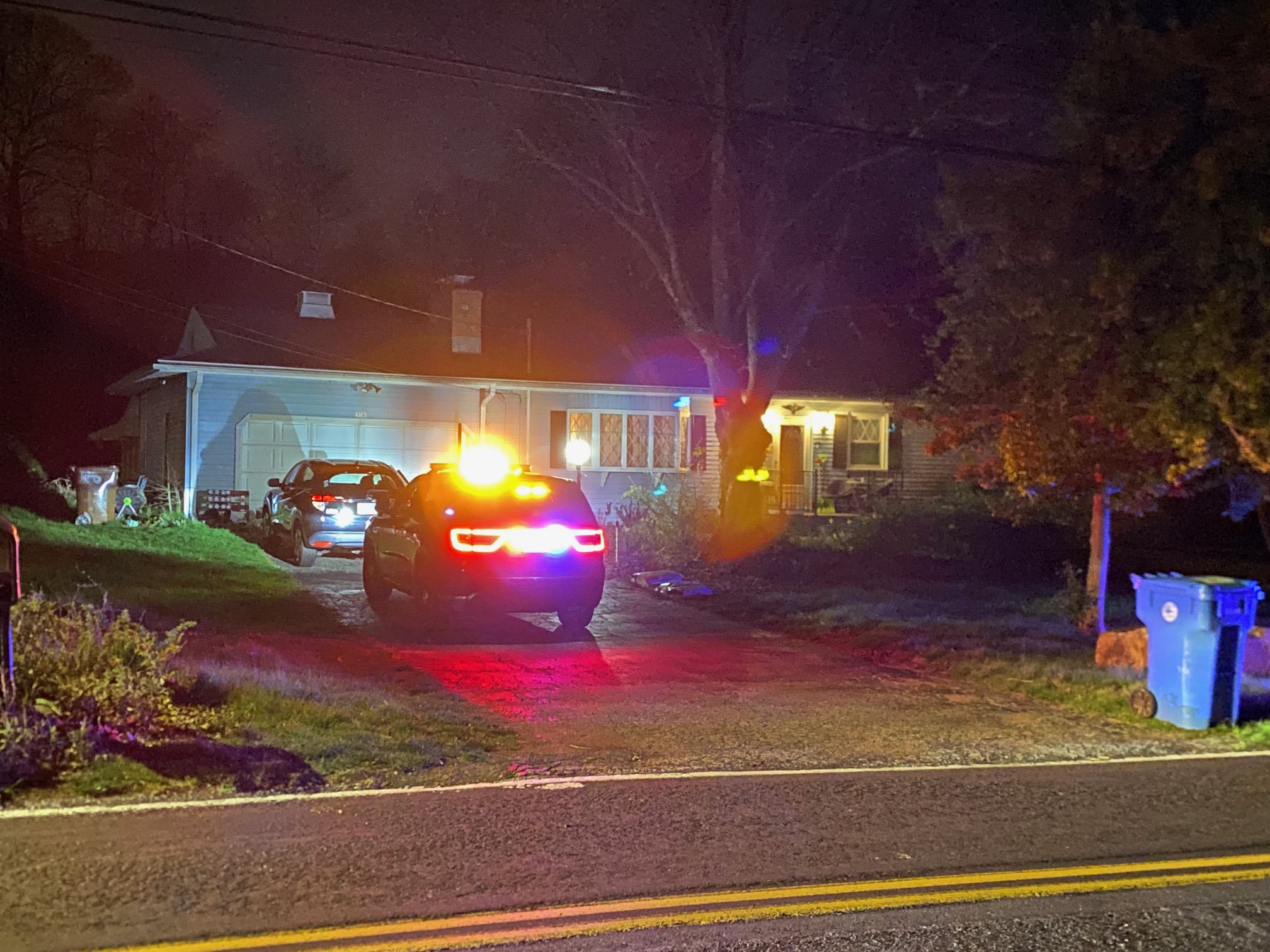There has long been a shortage of teachers in Connecticut schools, something educators across the board will attest to. Like many things, that problem has only been exacerbated by the pandemic.
Now, the state Board of Education is taking action, voting unanimously to re-authorize emergency certifications. It is an effort to get teachers back into classrooms.
There are more than 1,000 vacant positions across Connecticut's 205 schools. That is an increase from previous years, and why the Board of Education voted to bring back emergency certifications last week.
Those certifications will allow teachers to educate students in subjects they are not certified in.
Get Connecticut local news, weather forecasts and entertainment stories to your inbox. Sign up for NBC Connecticut newsletters.
There are several areas where there is great need, according to Dr. Shuana Tucker with the Connecticut Department of Education. Those include special education, STEM classes, and English as a Second Language. There is also a big need for substitute teachers.
Dr. Tucker said the emergency certifications will help meet some of those needs, but only in the short term.
"The good thing is it keeps a certified teacher in front of our students," Dr. Tucker said. "For those who have experience in other areas, for example, if you are a math teacher, but let's say your minor may have been English, and there's a need in that district to cover English at this time, if deemed by the superintendent that you are able to fill that vacancy and you've got the training and the capacity to do so, they can move you into that other area."
Local
Last year, the state issued 174 emergency certifications, but more are expected to be issued this school year.
Meanwhile, Kate Dias, the president of the Connecticut Education Association said she sees this as a Band-Aid solution.
"I think we have to look at the compensation packages afforded our teachers, what are the ways that we financially are able to support educators? Because we are a highly skilled population requiring Masters degrees," Dias said.
"As I talk to school districts across the state, everyone's feeling the pinch, that there just isn't the applicant pool that they would like to draw upon. So they will post a position and they may get nobody applying for it. Or they may have 35 openings in an area, and they won't get any applicants," she continued.
Dias said because teachers are highly educated and complete ongoing education, that should be reflected in their pay scales. She said the state should also look at compensation packages, tuition reimbursements and tax credits.
The pandemic, Dias adds, also really drove home the fact that facilities are not up to what they should be, and brought to the forefront needs for proper ventilation, heating and air conditions.
At the end of last year, multiple schools were forced to close or dismiss early because it was too hot in the classroom.
Dias said school facilities need investment, but physical work spaces are rarely considered, bringing up concerns about what it is really like to teach in these environments on a daily basis.
Both education leaders reiterate that 1,000 vacancies means there are a lot of students not getting what they need.



